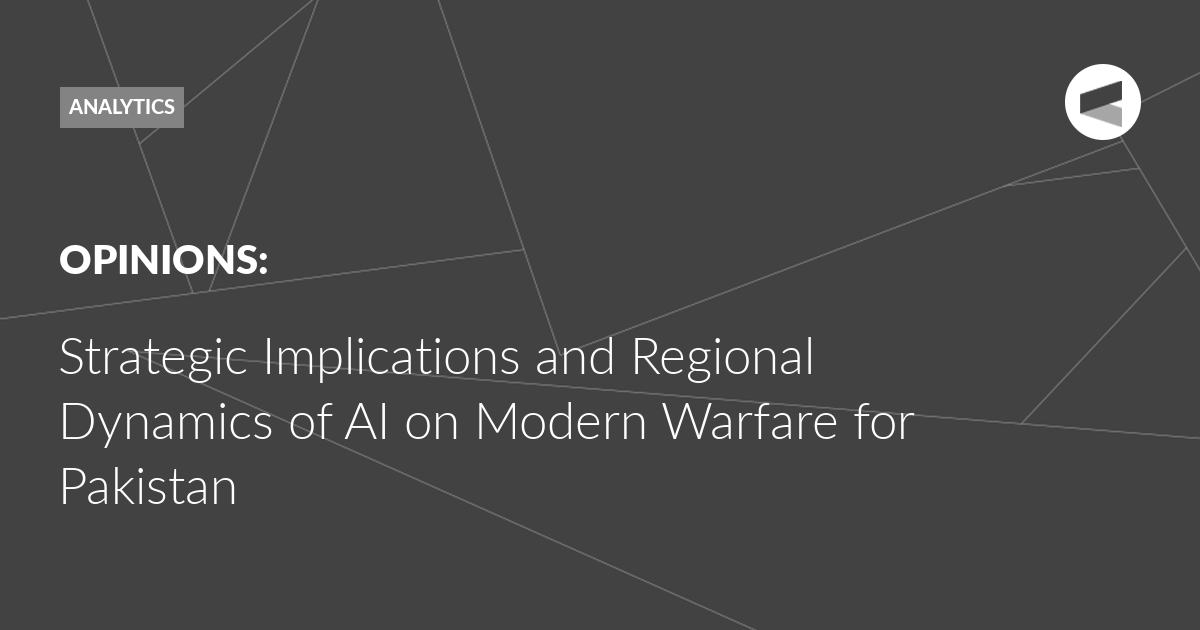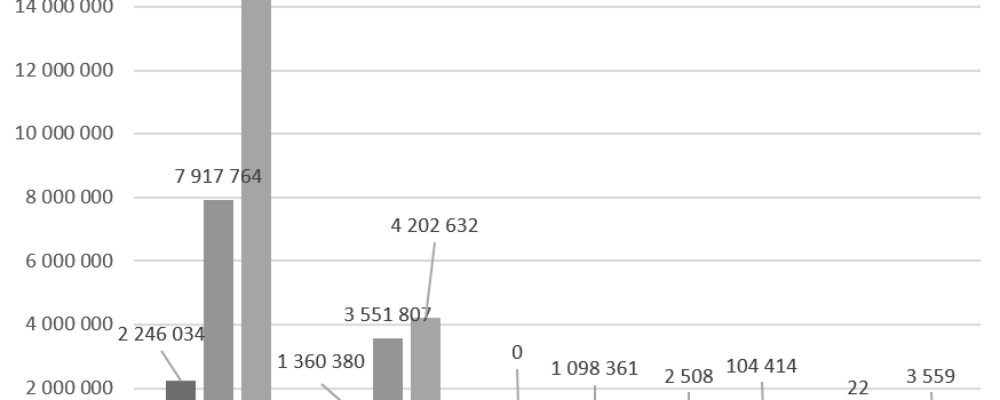Pakistan’s indigenous AI capabilities, exemplified by its Burraq and Shahpar-II drones, signify its determination to counterbalance India’s advancements. These platforms, while still evolving, have demonstrated the potential to contribute to Pakistan’s broader strategic objectives. Moreover, AI’s utility in countering non-traditional threats — such as cross-border terrorism and hybrid warfare — adds another layer to its strategic relevance. Along the Line of Control and the Durand Line, AI-enabled surveillance systems and drones provide critical intelligence to thwart infiltration, smuggling, and other security threats.
Moreover, the evolving role of AI in hybrid warfare has added new dimensions to regional instability. India’s integration of AI into psychological operations, information campaigns, and cyber offensives has widened the spectrum of threats facing Pakistan. For instance, AI-driven disinformation campaigns targeting Pakistan’s political, economic, and military institutions have the potential to erode public trust and fuel internal discord. In response, Pakistan has started incorporating AI tools for countering such threats, particularly through its nascent but growing capabilities in social media intelligence (SOCMINT) and advanced data analytics. These efforts are aimed at protecting Pakistan’s digital sovereignty while ensuring resilience against external manipulation.
The intensifying geopolitical rivalry between the United States and China in the realm of technology has significant implications for Pakistan’s military modernization. China’s meteoric rise in AI, backed by state-led investments and a vast digital infrastructure, offers Pakistan access to cutting-edge technologies through strategic collaborations, particularly under the framework of the China-Pakistan Economic Corridor (CPEC). This partnership has enabled Pakistan to advance its capabilities in autonomous systems, surveillance technologies, and AI-driven decision-making tools. However, these developments come with strategic dependencies that could constrain Pakistan’s autonomy in a highly polarized technological ecosystem. As the US and its allies increasingly restrict Chinese access to critical technologies through initiatives such as the CHIPS Act, Pakistan risks becoming entangled in a bifurcated tech landscape, limiting its ability to diversify sources of technological imports and expertise.
Moreover, the US-China competition risks creating systemic vulnerabilities for Pakistan. On the one hand, closer ties with China may invite targeted economic and technological sanctions from the United States, particularly in the realms of defense and cybersecurity. On the other hand, reliance on Chinese AI systems could expose Pakistan’s critical military infrastructure to potential external control or vulnerabilities in times of heightened conflict. This rivalry also complicates Pakistan’s efforts to secure advanced technologies from Western sources, given the geopolitical mistrust surrounding its defense partnerships with China. For Pakistan to effectively modernize its military with AI, it must navigate this competitive landscape carefully, with efforts to build indigenous capabilities and maintaining a neutral stance that avoids alienating other key global players in military technology, like Turkey and Russia.
Despite its promise, AI adoption in Pakistan’s defense sector is fraught with challenges. Resource constraints remain a formidable barrier. Developing indigenous AI technologies requires significant investment in research and development, technical education, and infrastructure. Without these, Pakistan risks perpetuating its dependence on imported technologies, undermining its long-term strategic autonomy.
Cybersecurity is another pressing concern. AI systems are inherently vulnerable to adversarial attacks, ranging from data manipulation to system sabotage. Establishing robust cybersecurity frameworks and specialized units to protect AI infrastructure is no longer optional — it is a necessity.
Finally, the ethical and legal dimensions of AI in warfare present profound dilemmas. Autonomous weapons systems, for instance, raise questions about accountability and compliance with international humanitarian law. Pakistan’s advocacy for global regulations on AI in military applications reflects its recognition of these issues. By engaging in international forums, Pakistan not only contributes to the broader discourse on responsible AI use but also safeguards its national security interests against misuse by adversaries.
For Pakistan, the adoption of AI in defense is more than a technological evolution; it is a strategic recalibration. It enhances its deterrence capabilities, operational efficiency, and asymmetrical strategies, aligning with its historical and geopolitical imperatives. As the character of war continues to evolve, so too must Pakistan’s approach to securing its place in the regional and global order. AI, with its transformative power, offers Pakistan a pathway to not only maintain strategic parity with its adversaries but also shape a future where technology serves as a guarantor of stability and sovereignty.
The Valdai Discussion Club was established in 2004. It is named after Lake Valdai, which is located close to Veliky Novgorod, where the Club’s first meeting took place.
Please visit the firm link to site






